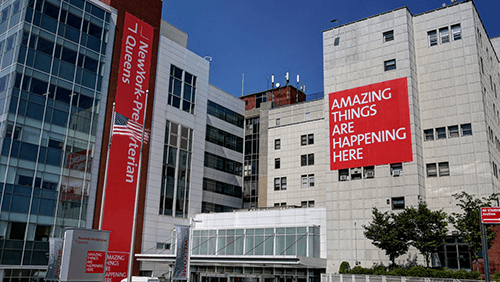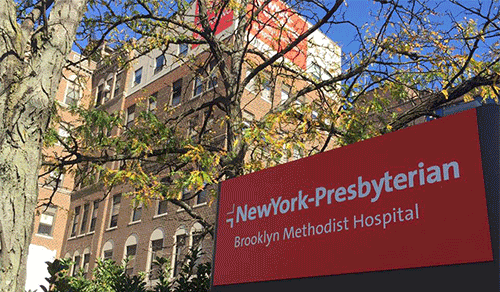Defibrillators
At NewYork-Presbyterian, we offer the full complement of diagnostic and therapeutic interventions to manage heart rhythm problems, utilizing the most advanced equipment and techniques. Implantable Cardioverter Defibrillators (ICDs) and biventricular pacemakers are devices that correct abnormalities in the heart's rhythm.
Implantable Cardioverter Defibrillators
Implantable Cardioverter Defibrillators (ICDs) are used to protect against life-threatening arrhythmias and the sudden cardiac death that can result. ICDs are utilized in patients who have already had these types of arrhythmias and in those who are at risk for developing them. ICDs are small devices, similar to pacemakers, implanted under the skin, most often in the chest. ICDs continuously monitor the heartbeat and immediately sense abnormally rapid and potentially dangerous heart rhythms. ICDs then deliver electrical impulses to terminate arrhythmias and allow the normal heartbeat to resume.
ICDs have many additional functions, ensuring that they provide the appropriate life-saving therapy when needed and allowing physicians to obtain and review important information about the heart rhythm and to alter therapy when appropriate.
Biventricular Pacing & Cardiac Resynchronization Therapy
In a normal healthy heart, the electrical signal that makes the heartbeat results in a synchronized contraction of the heart muscle. However, in approximately one-third of patients with congestive heart failure, the electrical signal may not move normally through the heart. As a result, the contraction of the heart falls out of sync, which can further worsen heart function and increase heart failure symptoms.
For individuals with congestive heart failure, biventricular pacemakers can be used to resynchronize the beating of the heart. For this reason, the treatment is also called "cardiac resynchronization therapy." These special implantable devices have a pacemaker wire directly pacing the left ventricle of the heart, in addition to a standard pacemaker wire in the right ventricle. This additional wire is most often inserted through a vein near the shoulder, in a manner similar to standard pacemaker wires.
Individuals with congestive heart failure may also be at risk for abnormal, dangerous heart rhythms that can lead to sudden death. Biventricular pacemakers are often combined with ICDs for patients at risk for life-threatening arrhythmias.
Pacemakers
When the heartbeat is too slow because the heart's natural pacemaker or its wiring system is not functioning properly, implantation of a permanent pacemaker is necessary. The pacemaker – a small device implanted under the skin in the chest – is used to ensure that the heart beats at a normal and appropriate rate.
At NewYork-Presbyterian, our experts in the treatment of arrhythmias use the latest advancements in pacemaker technology, including single-chamber or dual-chamber pacemakers, alone or combined with implantable cardioverter defibrillators and biventricular devices to treat cardiac arrhythmias. Our staff can monitor implanted pacemakers periodically by telephone to a patient at home to evaluate routine functional status and to ensure normal battery function.








